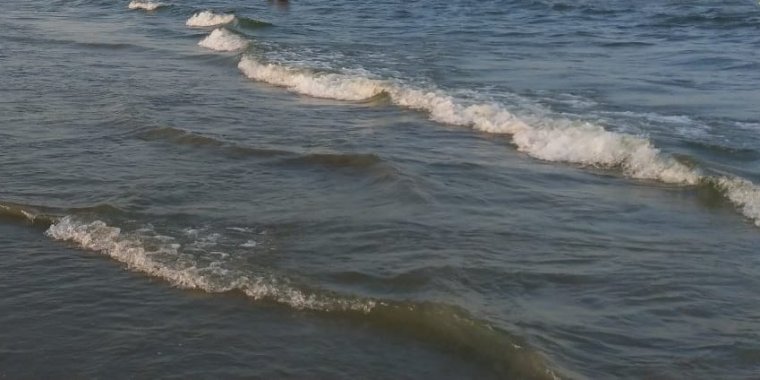| News / Science News |
Scientists characterize sea spray particles that form ice crystals in high altitude clouds
There are many sources of ice-forming particles in the atmosphere, but sea spray aerosols, or SSAs, are a significant source of ice-nucleating particles, or INPs.

Sea spray aerosols are made up of the metabolic products of microorganisms near the ocean surface. Photo: Gh. Mănoiu/tititudorancea.com
What SSAs are composed of, how they affect cloud formation, and how they may affect climate remain outstanding questions for atmospheric scientists.
Now researchers at Stony Brook University have developed a way to simulate SSAs in laboratory tanks that mirror ocean conditions.
This has allowed them to determine the organic compounds released by marine microorganisms and discover the role of these compounds as INPs.
Aerosols are generated by winds blowing over the ocean surface and bubbles forming sprays of fine salt particles coated with organic compounds that can be transported high into the atmosphere, where clouds form.
They are among various other particle types, including dust, soot and ash from wildfires, that contribute to ice formation in the atmosphere.
Oceans cover 70% of the planet, and SSAs are major contributors to INPs and cloud formation in areas away from the continents. For scientists to predict the formation of clouds and to assess their climate impact, they first need to understand how ice crystals form from particles in the ocean.
Atmospheric chemist Daniel Knopf and microbial oceanographer Josephine Aller simulated ocean water and generated ice forming SSA particles. They found that SSA particles are made up of the metabolic products of microorganisms living near the ocean surface.
"Our findings unambiguously link microbiological processes in ocean surface waters with cloud formation," says Knopf.
"The study revealed that the polysaccharides and proteins released by microorganisms serve as the nucleating agents in SSA particles. We were able to identify on a molecular species level the organic matter that triggers ice nucleation." (U.S. National Science Foundation)
YOU MAY ALSO LIKE





